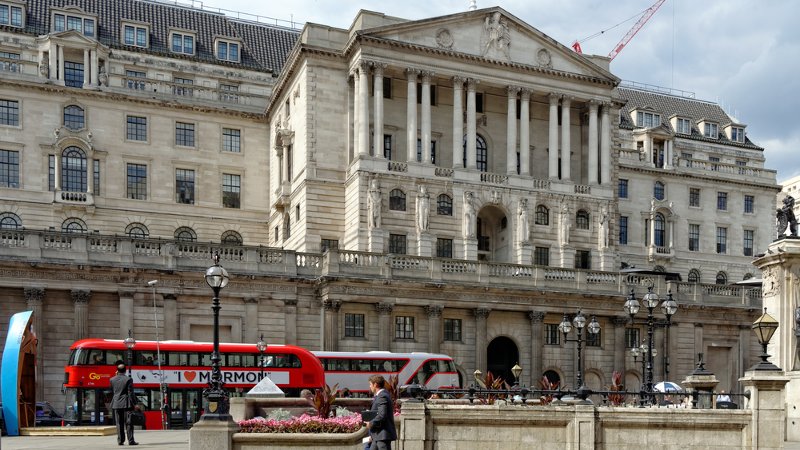Warning signs aplenty. It certainly isn’t the time to make changes

Tony Ward is chief executive of Clayton Euro Risk
So, this week all thoughts turn to the future of interest rates. First to make the decision, across the pond, is the US Federal Reserve on Wednesday. All bets are off on this. Traders now see it as almost ‘inevitable’ that the Fed will raise its benchmark rate, particularly given better than expected jobs growth in February.
Federal Reserve chair Janet Yellen said last week that the central bank could raise rates in March if employment and inflation figures met their expectations. The futures market for the key Federal fund interest rate puts the likelihood of a rate rise at 98–100%, according to Bloomberg data. This level of probability was ‘about as inevitable as it gets,’ noted City Index research director Kathleen Brooks. “Traders also see better than even odds of two further rate rises this year, based on the price of Fed funds futures contracts traded at CME Group's Chicago Board of Trade,” she said.
Following closely on the Fed’s heels this Thursday is a decision from the Bank of England’s Monetary Policy Committee. The expectation is that the Bank is set to keep interest rates on hold. This makes sense as policymakers remain nervous about the economic consequences of Britain’s preparations to extricate itself from the EU. This is despite a growing number of rate-setters on the MPC being uncomfortable with the speed at which inflation is rising. Howard Archer at IHS Global Insight said: “We believe the Bank of England will remain pretty tolerant on the inflation overshoot given the prolonged, highly uncertain outlook that the UK economy is likely to face as the government negotiates the exit from the EU.”
Indeed. This course of action certainly makes sense. The Bank of England will want to keep to a steady monetary path until the impact of Brexit becomes clearer.
It’s true to say that, so far, Britain's economy has confounded expectations of a slowdown with the Office for Budget Responsibility’s (OBR) latest forecast revising its outlook for UK GDP this year from 1.4% to 2%. Regardless of how strong the economy is looking now – and without wishing to sound all doom and gloom – things are likely to deteriorate as Brexit gathers momentum. To what degree, of course, no one can say. Until the terms of the post-Brexit settlement are known, it’s impossible to say how the economy will perform from 2018 onwards. We are in unchartered waters and, for now, the government’s course is far from clear.
We are in watch-and-see mode. This is even more crucial given that there are clouds gathering on the horizon. Britain's high street suffered its worst February since 2009, largely because consumer spending came under pressure, according to the latest BDO High Street Sales Tracker. The British Retail Consortium also reported that shoppers were cutting back spending last month with non-food spending falling by 0.4%, the first drop in more than four years. Howard Archer said evidence is mounting from a range of surveys that consumption is slowing, with serious implications for the wider economy. This reinforced his ‘belief that consumers are now reining in their spending as rising inflation increasingly squeezes purchasing power’. He said: “With consumers becoming more cautious in their spending, the long anticipated slowdown in the economy looks to be materialising. The economy’s persistent resilience since last June’s Brexit vote has been largely built on consumers keeping on spending.”
Warning signs aplenty. It certainly isn’t the time to make changes. Investec is suggesting that rates will remain on hold until the fourth quarter of 2019. Yes, and possibly then some. While I believe the next move in interest rates will be up, this is unlikely to be for some time.



